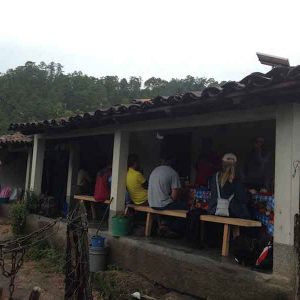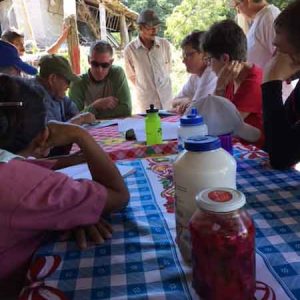
The Education portion of Laudato Si’ website will offer information surrounding Care for Our Common Home, including book titles, articles, Youtube links, TED talks, and other media offerings. In addition, programming at Shalom Spirituality Center will be presented.
April 2024: Fabric and the Environment

There is a mountain of discarded clothes in Chile’s Atacama Desert large enough to be seen by satellite. See: Chilean desert site of 39,000 pounds of scrapped clothing (nypost.com)
This leads us to consider:
What causes so much waste?
Synthetic clothing is less durable, and advertising convinces people to buy the latest fashions.
Copy and paste this link to 3.34min. video called “Fast Fashion – Sustainable Fashion”:
https://www.bing.com/videos/riverview/relatedvideo?q=videos%20about%20fabric%20pollution&mid=626ABEA9E95AB4C35C04626ABEA9E95AB4C35C04&ajaxhist=0
What damage is done to the environment by discarded clothing?
Polyester and nylon can take 200 years to decompose. This contributes to greenhouse gas, loss of biodiversity due to soil degradation, water pollution, and waste of natural resources.
What fabrics contribute to microfibers inhaled?
Microfibers are microplastics from textiles such as polyester, nylon, polyamide, and acrylic. Polyester is derived from oil and makes up more than half of our clothing. One can ventilate and vacuum often to limit exposure, wash in bags, use filters on wash machines, and choose sustainably sourced natural materials.
What fabrics are better for the environment?
Cotton and wool will decompose.
What are companies and scientists doing to improve the situation?
Some companies and scientists are looking for ways to break down synthetic materials that get rid of the toxic effects of dyes and coating. Companies recycle discarded fabric to make insulation. Some yarn factories and high fashion industries use recycled clothing to make new products. But these cut only a small portion of the waste and microfiber.
What environmentally friendly changes can individuals make?
We can refuse, reduce, repair, reuse, recycle, and purchase clothing cotton or wool clothing. See:
https://www.ncronline.org/earthbeat/viewpoints/why-catholics-should-divest-plastic-their-closets








